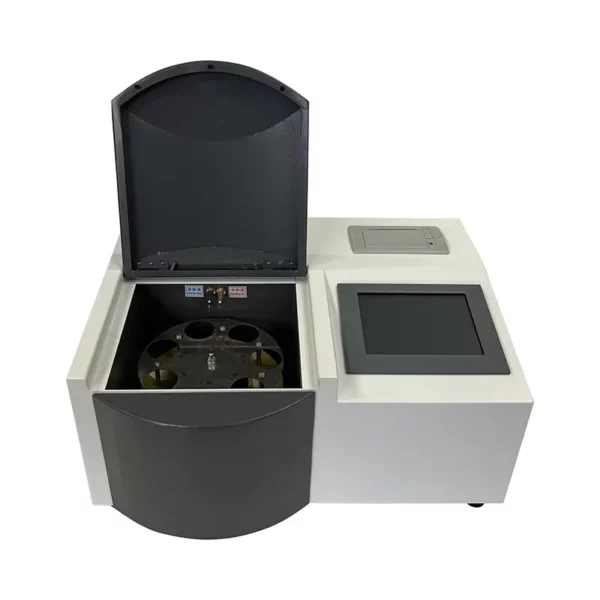Acid value testers, also known as oil acidity meters or oleic acid testers, play a vital role in ensuring the quality and integrity of oils, fats, and petroleum products across diverse industries. By accurately measuring the Acid Value, these instruments enable timely detection of degradation, contamination, or adulteration, facilitating informed decision-making and maintaining product integrity. As industries continue to prioritize quality control and process optimization, acid value testers will undoubtedly remain indispensable tools in the pursuit of excellence and consumer safety.
Delving into the Significance of Acid Value

The Acid Value represents the amount of potassium hydroxide (KOH) in milligrams required to neutralize the free fatty acids present in one gram of oil or fat. It serves as a crucial indicator of the extent of oil degradation, oxidation, or contamination, providing valuable insights into the overall quality and condition of the substance.
The Working Principles of Acid Value Testers
Acid value testers employ various techniques to accurately measure the Acid Value of oils and fats:
Potentiometric Titration: This widely used method involves titrating the sample with a standardized KOH solution while continuously monitoring the pH or conductivity changes. The endpoint is reached when the pH or conductivity reaches a predetermined value, indicating complete neutralization of the free fatty acids.
Colorimetric Titration: This technique utilizes a colorimetric indicator that changes color at the endpoint of the titration. The sample is titrated with a standardized KOH solution until the color change occurs, signaling the completion of the neutralization process.
Conductometric Titration: This method measures the changes in electrical conductivity of the sample as it is titrated with a standardized KOH solution. The endpoint is determined by observing a significant change in conductivity, indicating the complete neutralization of the free fatty acids.
Exploring the Diverse Applications of Acid Value Testers
Acid value testers find widespread application across various industries:
Food and Beverage Industry: Measuring the Acid Value is crucial for assessing the quality and freshness of edible oils, fats, and other food products.
Petroleum Industry: Acid Value determination is essential for evaluating the quality and stability of petroleum products, such as crude oil, refined fuels, and lubricants.
Chemical Industry: Acid Value testing plays a vital role in monitoring the quality of chemicals, such as fatty acids, solvents, and surfactants.
Pharmaceutical Industry: Acid Value measurement is necessary for ensuring the quality and purity of pharmaceutical products, such as ointments, creams, and suppositories.
Textile Industry: Acid Value testing is crucial for assessing the quality of textile fibers, lubricants, and finishing agents.
Factors Influencing the Selection of Acid Value Testers
Choosing the appropriate acid value tester requires careful consideration of several factors:
Accuracy and Precision: The accuracy and precision of the tester are critical for obtaining reliable Acid Value measurements.
Measurement Range: The tester should have a measurement range that covers the expected Acid Value of the samples being tested.
Sample Type: Some testers are designed specifically for liquid samples, while others can accommodate solid or semi-solid samples.
Ease of Use: The user-friendliness and simplicity of the tester’s operation are important for efficient and accurate testing.